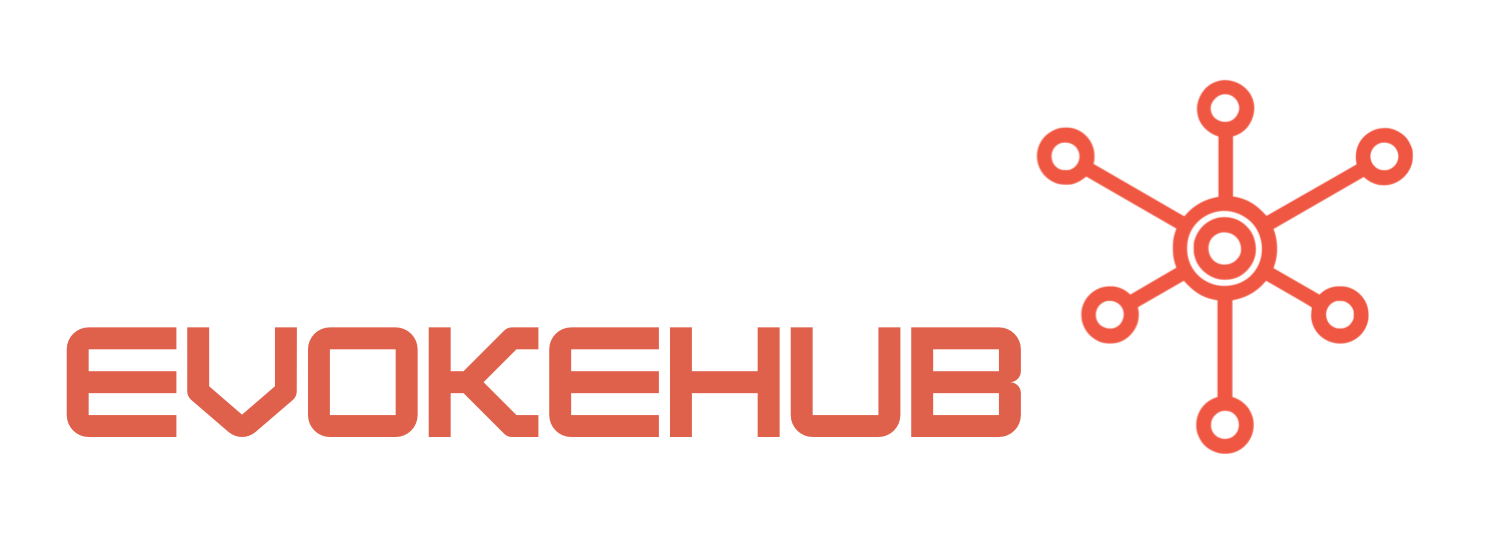Aligning UI/UX Design with Business Objectives in Thailand
The alignment of UI/UX design with business objectives begins with a clear understanding of what those objectives are. In Thailand, businesses often prioritize customer-centric approaches, which means that their UI/UX design must reflect the needs and preferences of local consumers. This involves conducting thorough market research to gather insights about user behavior, preferences, and pain points. Tools like surveys and user interviews are essential in this step, ensuring that the design decisions are based on real data rather than assumptions.
Furthermore, local culture plays a significant role in shaping user behaviors and preferences in Thailand. For instance, the increasing use of mobile devices among Thais necessitates that businesses optimize their digital interfaces for mobile users. By leveraging cultural insights in the design process, companies can create more relatable and effective user experiences. This can ultimately strengthen brand loyalty and drive higher conversion rates, reinforcing the connection between effective UI/UX design and business objectives.
Lastly, businesses in Thailand should foster a collaborative environment between design and strategy teams. This entails regular communication and joint workshops that focus on understanding how user experience can directly influence key performance indicators (KPIs). By aligning their designs with strategic objectives, companies can ensure that their UI/UX efforts not only enhance user satisfaction but also contribute to higher profitability and market share.
Strategies for Successful Integration of UX and Business Goals
The first strategy for successful integration of UX and business goals in Thailand is to establish a shared vision among stakeholders. This means that all team members—from designers to marketers—should be on the same page regarding the business goals and how the UX design can support them. Regular strategy meetings and workshops can facilitate this alignment, encouraging input from various departments. By creating a unified vision, teams can work cohesively towards common objectives, which ultimately leads to more effective UI/UX outcomes.
Another effective strategy is to employ an iterative design process that incorporates feedback loops. This involves creating prototypes of UI elements and testing them with real users to gather insights and make adjustments. In Thailand, where user preferences can fluctuate, being adaptive and responsive to feedback is crucial. Tools like InVision or Figma can be employed for rapid prototyping and testing, allowing businesses to refine their designs in real-time and ensure they align with user needs and business objectives.
Finally, investing in training and development for UX professionals is vital for sustaining this integration. In Thailand, where the digital landscape is rapidly evolving, ensuring that design teams are well-versed in the latest technologies and trends will enhance their ability to create effective user experiences. Workshops, courses, and conferences, such as those offered by UX Thailand, can provide valuable resources for continuous learning. By fostering a culture of innovation and education, businesses can remain competitive and achieve their strategic goals through superior UI/UX design.
The integration of UI/UX design with business strategy is not merely a trend; it is an essential element for sustainable success in the Thai market. By aligning design efforts with business objectives, fostering collaboration among stakeholders, and continually adapting to user feedback, companies can create exceptional user experiences that drive customer satisfaction and business growth. As Thailand continues to develop its digital landscape, the effective integration of UI/UX will remain a critical factor for businesses aiming to thrive in this dynamic environment.




